PLTW: HBS - 1.1 Bones and Fractures
1/32
There's no tags or description
Looks like no tags are added yet.
Name | Mastery | Learn | Test | Matching | Spaced |
|---|
No study sessions yet.
33 Terms
Adipose Tissue
Connective tissue in which fat is stored and which has the cells distended by droplets of fat.

Appendicular Skeleton
Bones of the limbs and limb girdles that are attached to the axial skeleton.
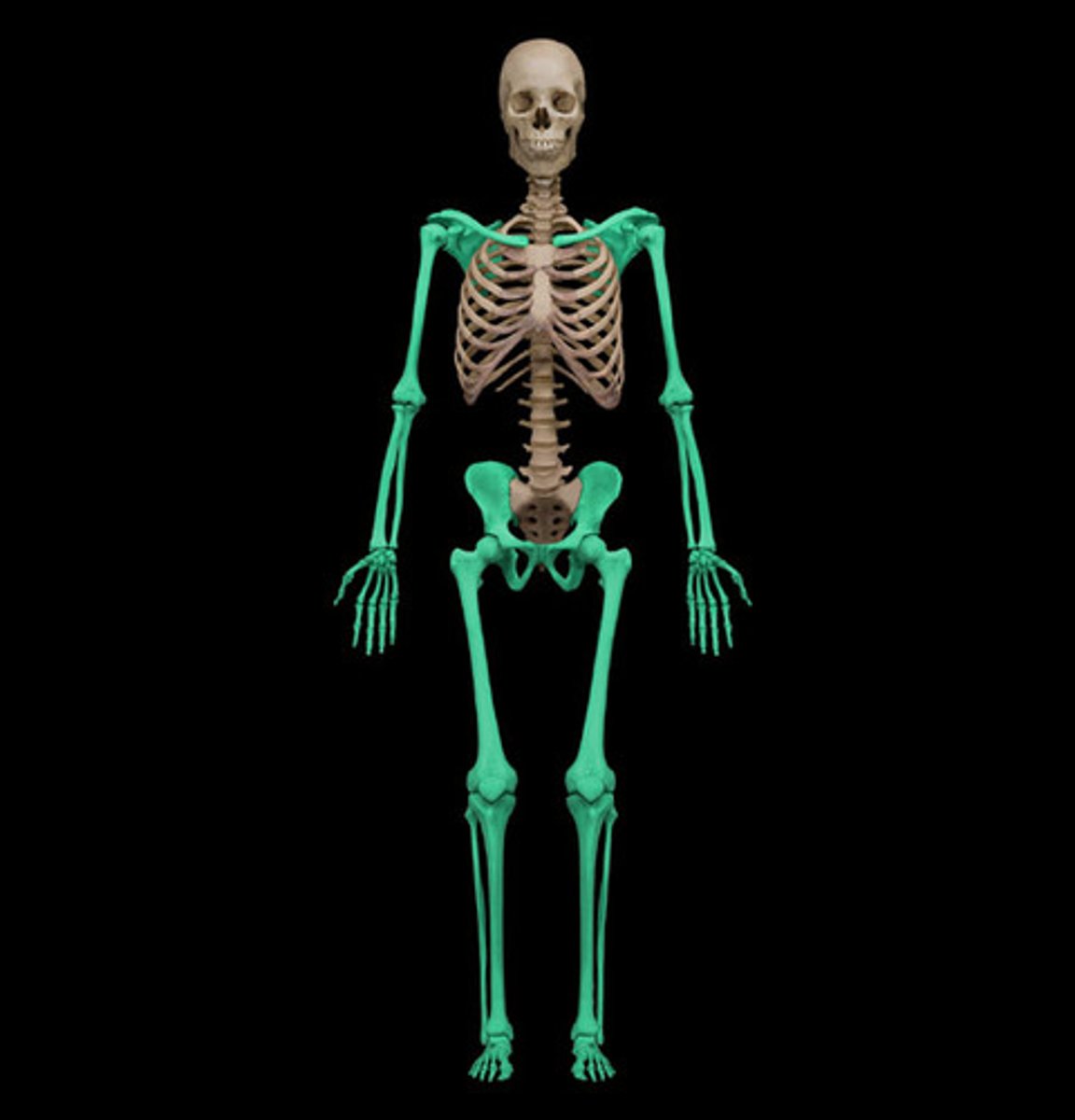
Axial Skeleton
The skeleton of the trunk and head.
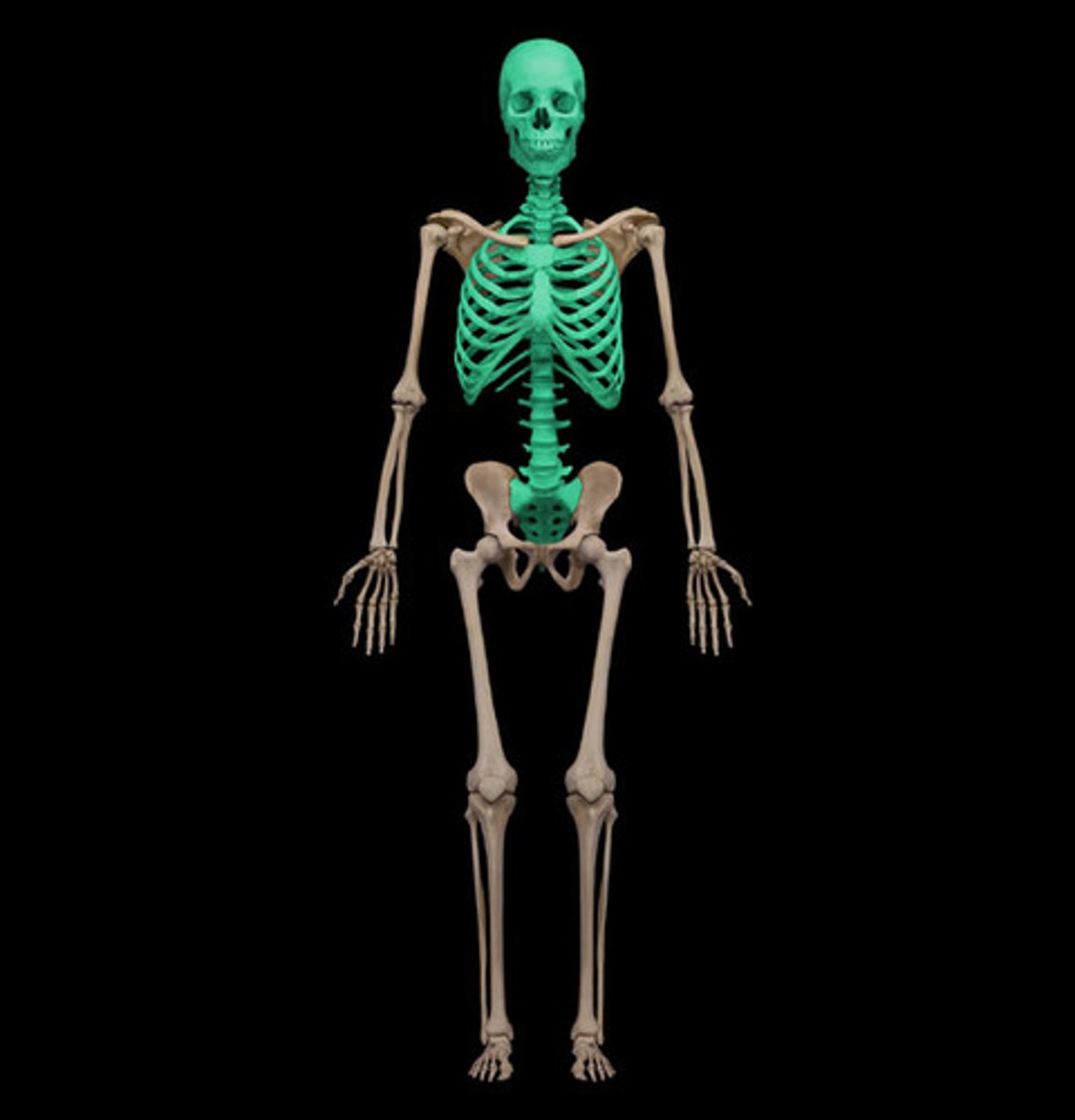
Connective Tissue
Animal tissue that functions mainly to bind and support other tissues, having a sparse population of cells scattered through an extracellular matrix.

Epithelial Tissue
Sheets of tightly packed cells that line organs and body cavities.

Femur
The proximal bone of the hind or lower limb that is the longest and largest bone in the human body, extends from the hip to the knee.
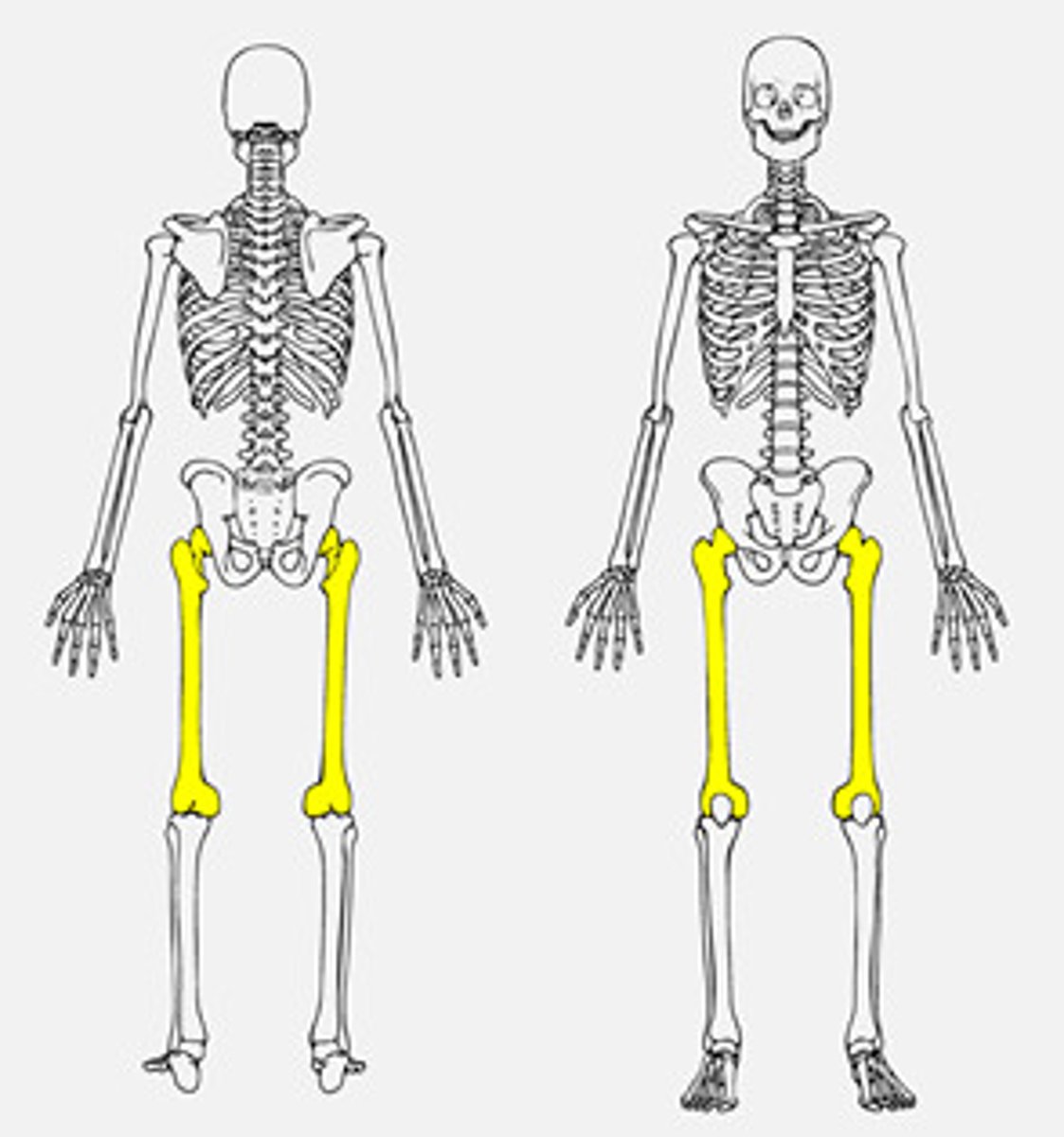
Humerus
The longest bone of the upper arm or forelimb extending from the shoulder to the elbow.

Pelvis
A basin-shaped structure in the skeleton of many vertebrates that is formed by the pelvic girdle together with the sacrum and other various coccygeal and caudal vertebrae and that in humans is composed of the two hip bones bounding it on each side and in front while the sacrum and coccyx complete if behind.
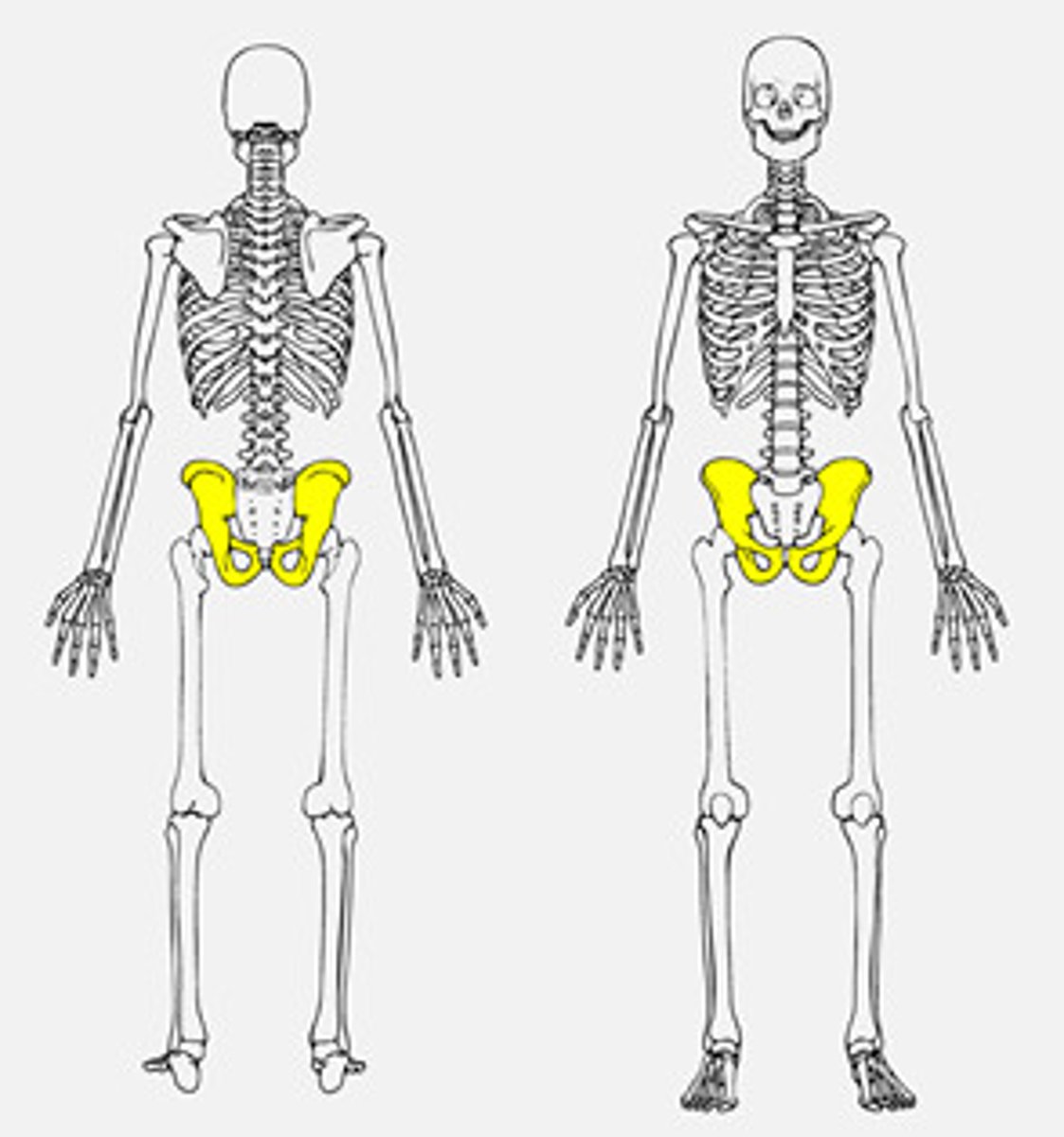
Skull
The skeleton of the head forming a bony case that encloses and protects the brain and chief sense organs and supports the jaws.

Tibia
The inner and usually larger of the two bones of the leg between the knee and ankle that articulates above with the femur and below with the talus - called also shinbone.

Tissue
An integrated group of cells with a common structure and function
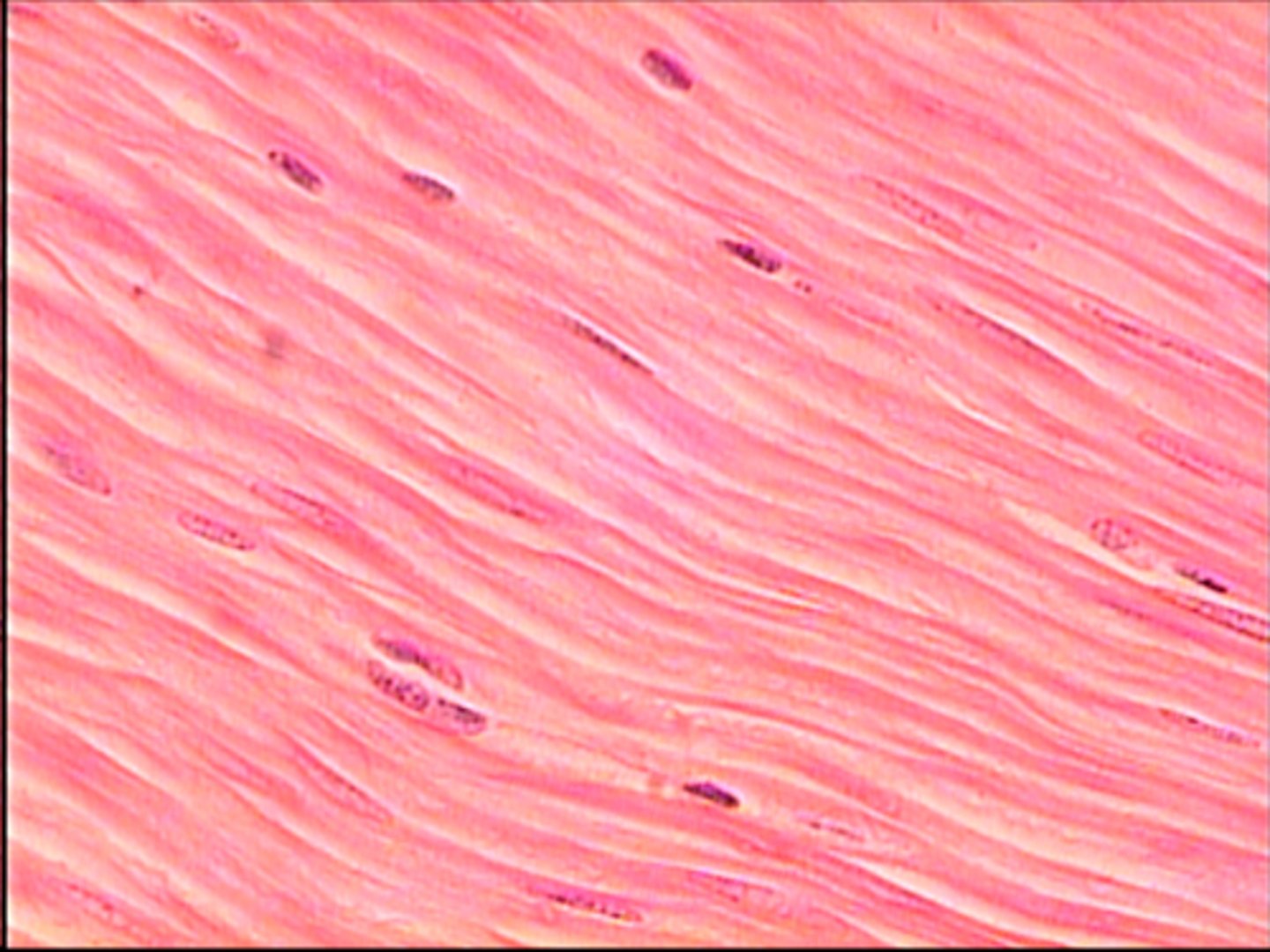
Mandible
The lower jaw, which causes the compressions during breastfeeding helping to milk the breast

Maxilla
Forms most of the upper jaw, and part of the hard palate, contains upper molars, premolars, and canines
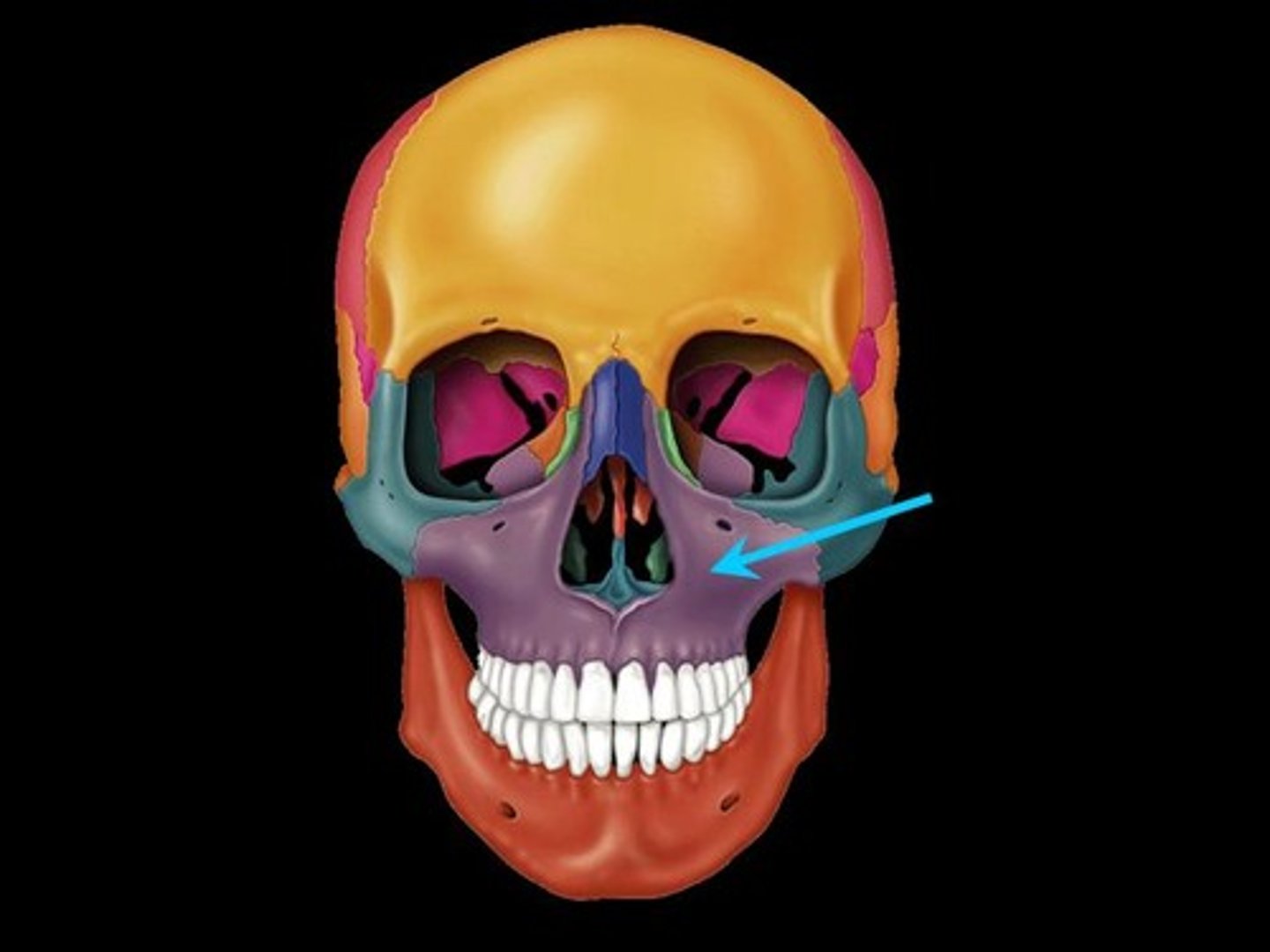
Frontal Bone
the large cranial bone forming the front part of the cranium: the forehead and the upper part of the orbits
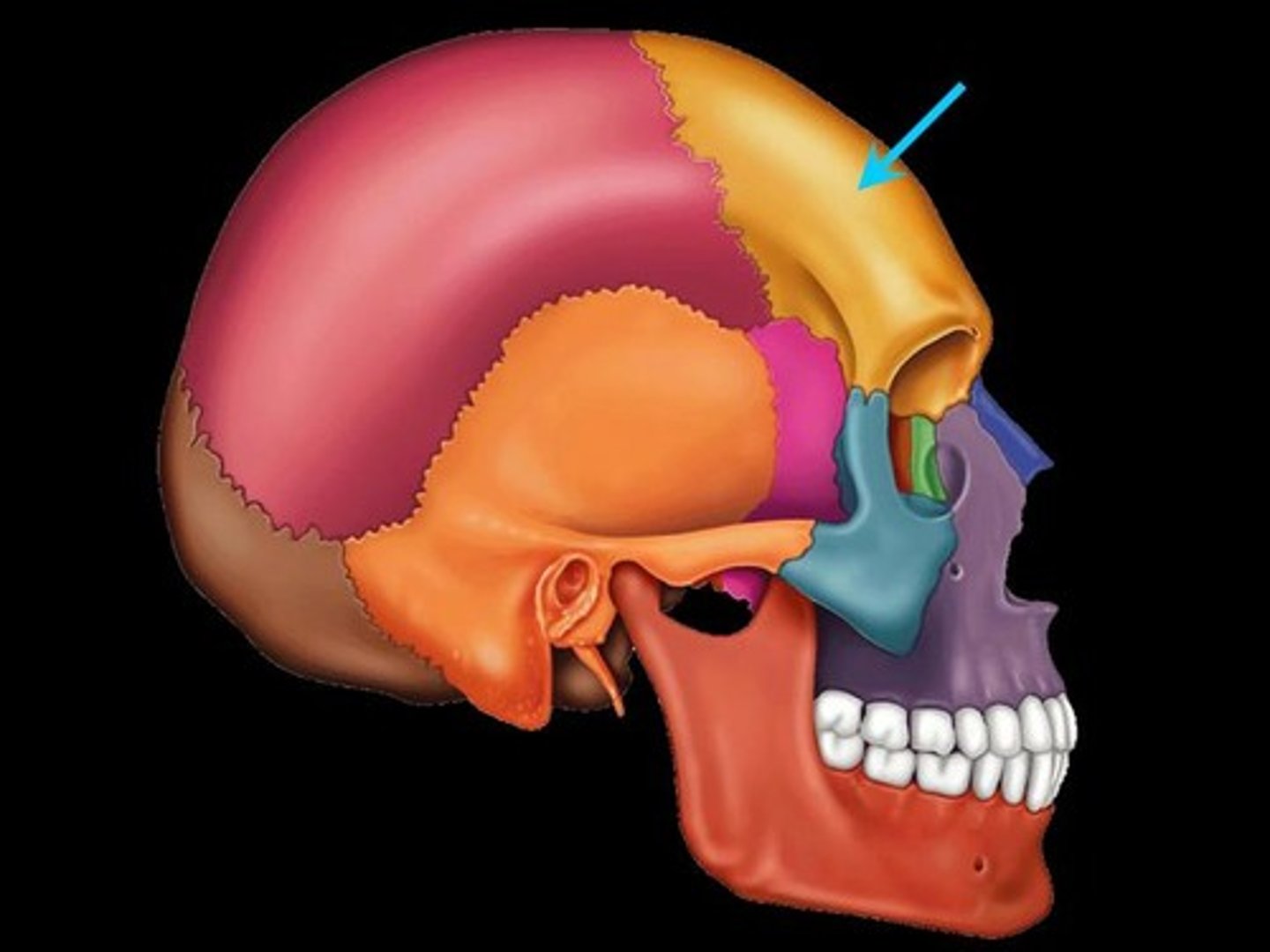
Temporal Bone
bone that forms parts of the side of the skull and floor of the cranial activity. There is a right and left temporal bone.

Occipital Bone
forms the posterior floor and walls of the cranium

Parietal Bone
either of two skull bones between the frontal and occipital bones and forming the top and sides of the cranium
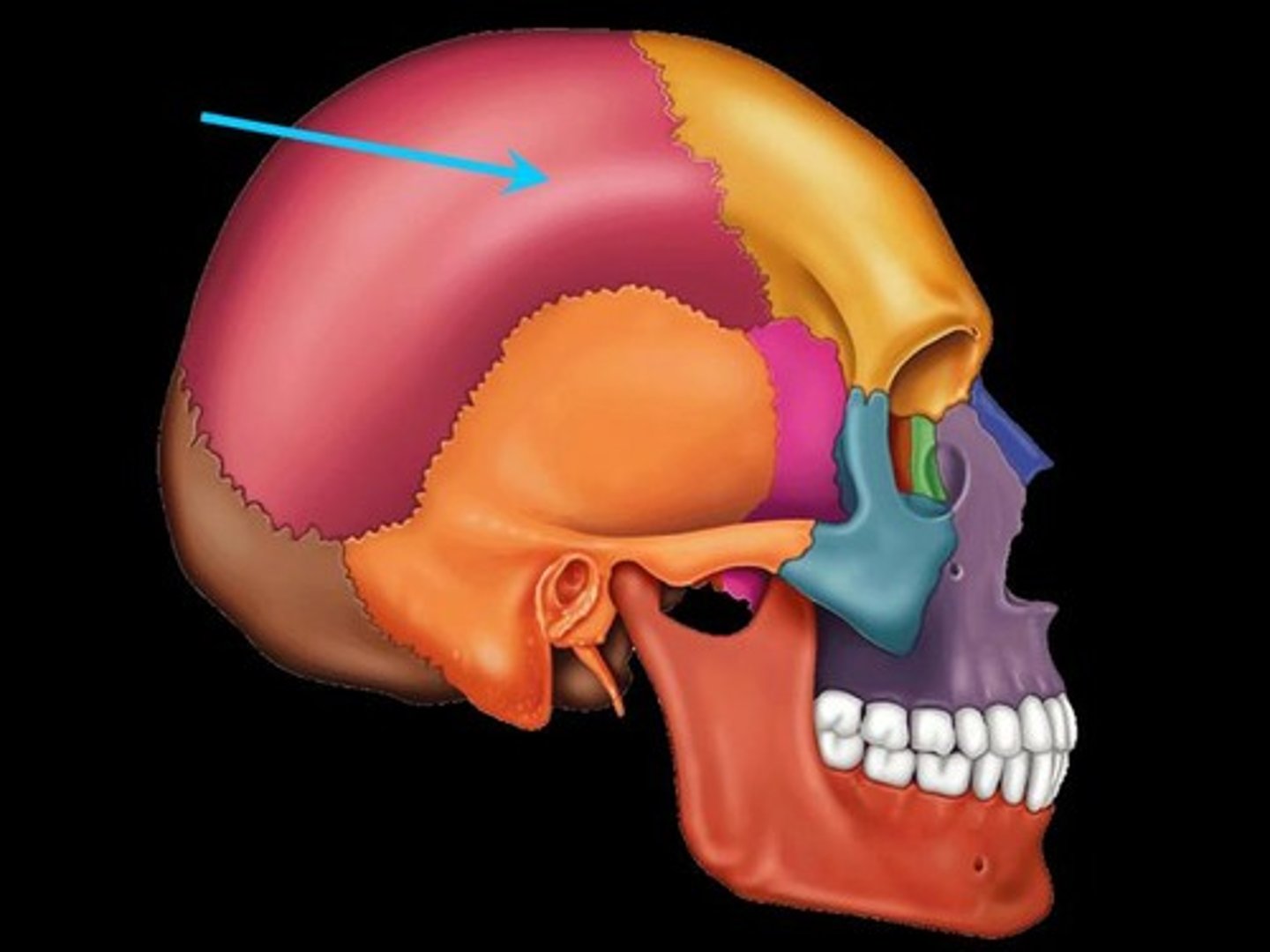
Orbicularis Oculi
Closes the eye
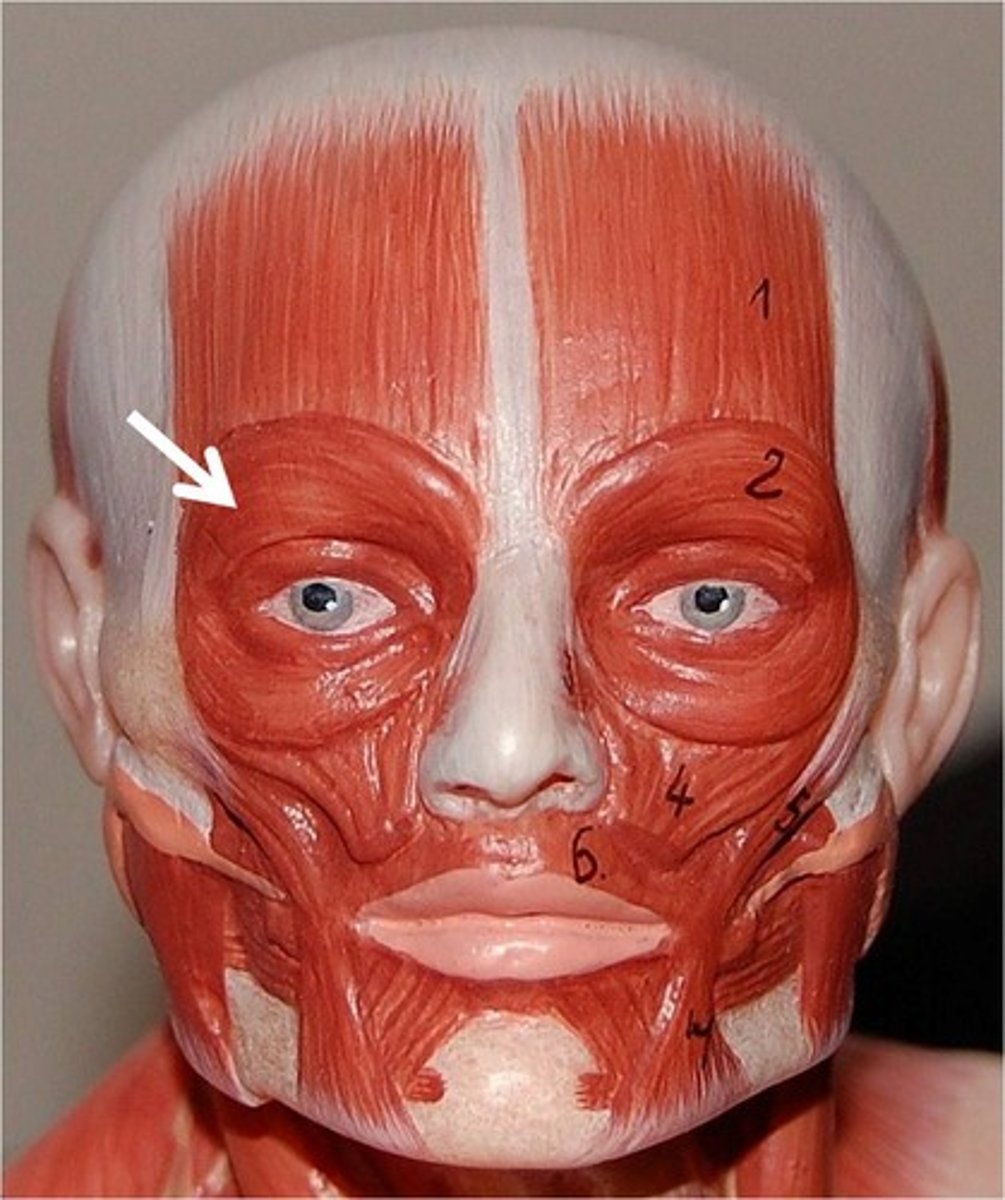
Orbicularis Oris
closes lips

Temporalis
Elevates and retracts mandible
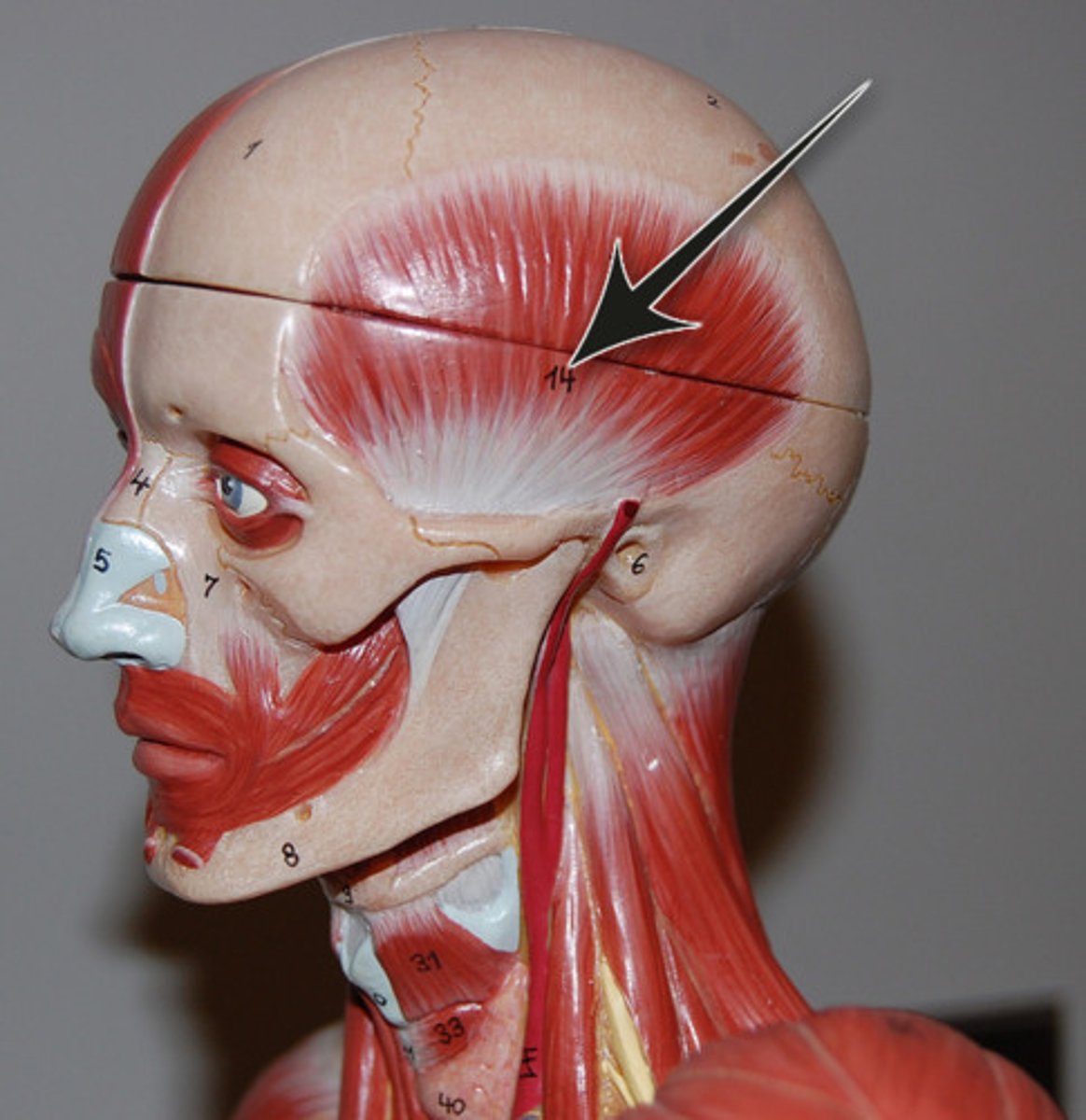
Zygomatic Bone
cheekbone
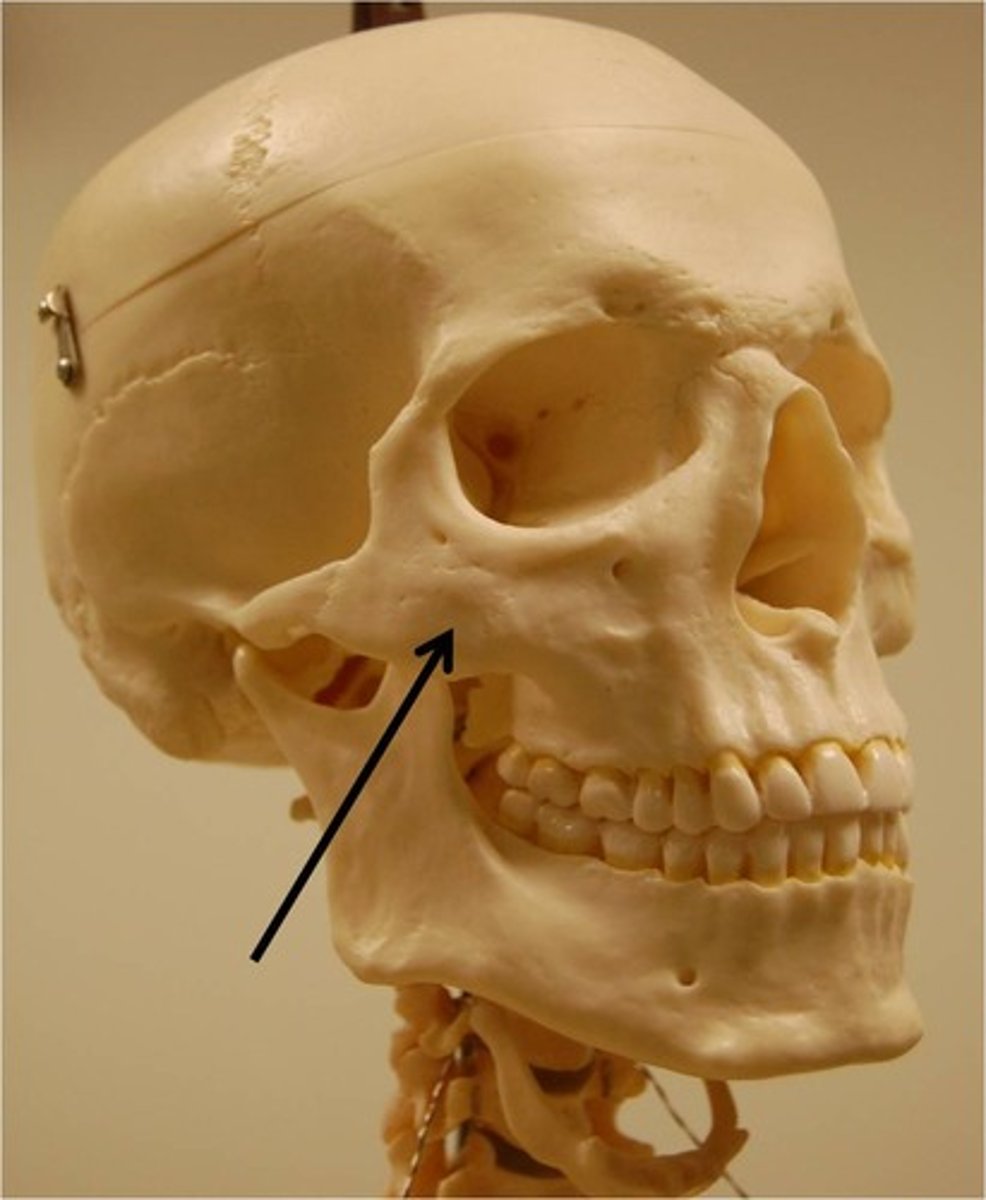
cervical
The first seven bones of the vertebral column (forming the neck) are the
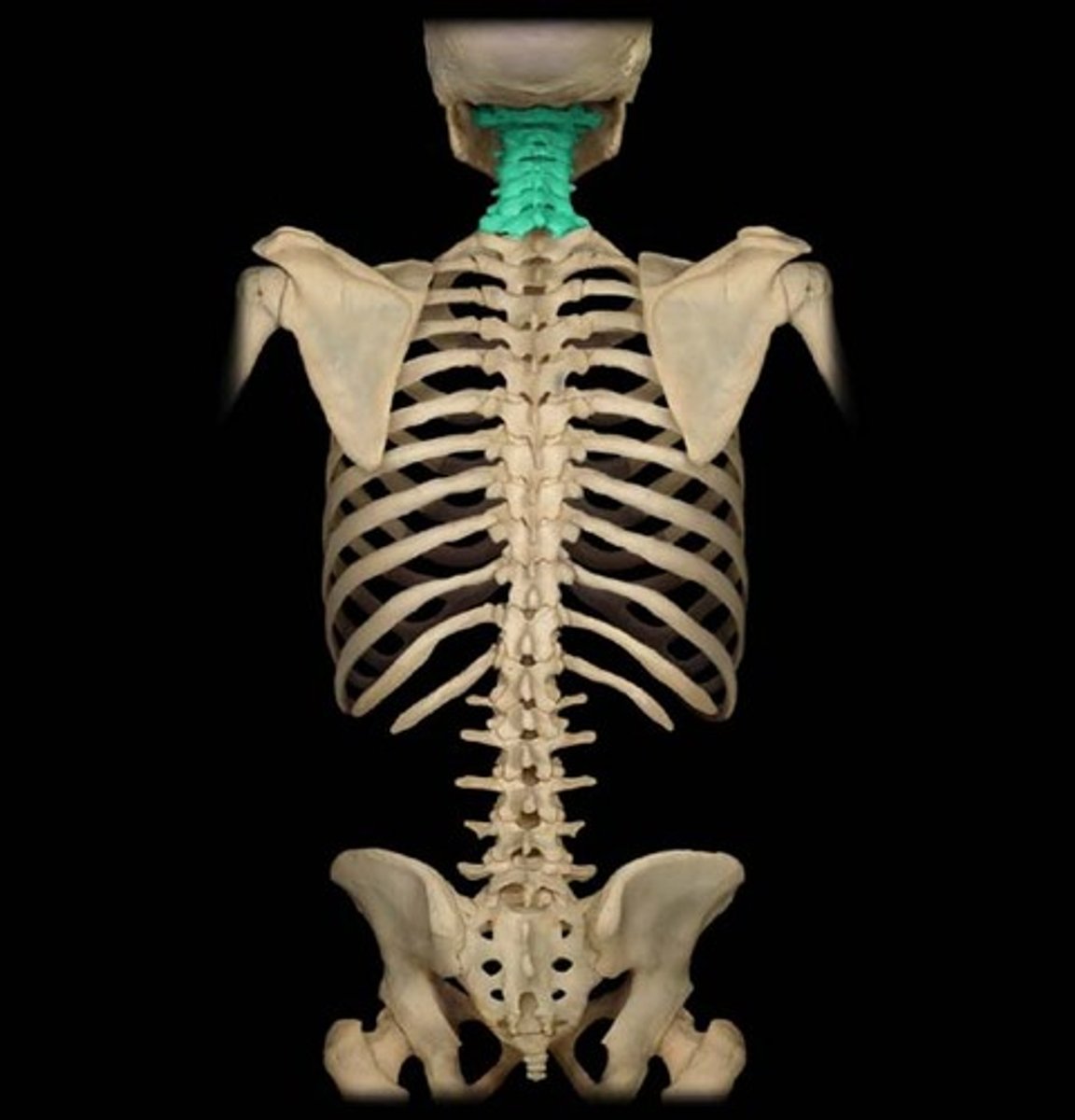
Fibula
The lateral and smaller bone of the lower leg
Radius
lateral bone of the forearm
Ulna
Inner and larger bone of the forearm, attached to the wrist and located on the side of the little finger.
Patella
knee bone
Clavical
collar bone
Humurus
upper arm bone
Metacarpals
bones of the hand
Metatarsals
foot bones
transverse fracture
bone break with fracture line straight across shaft of bone
spiral fracture
Fracture which twists around the bone, may occur from a twisting force
comminuted fracture
bone breaks into many fragments